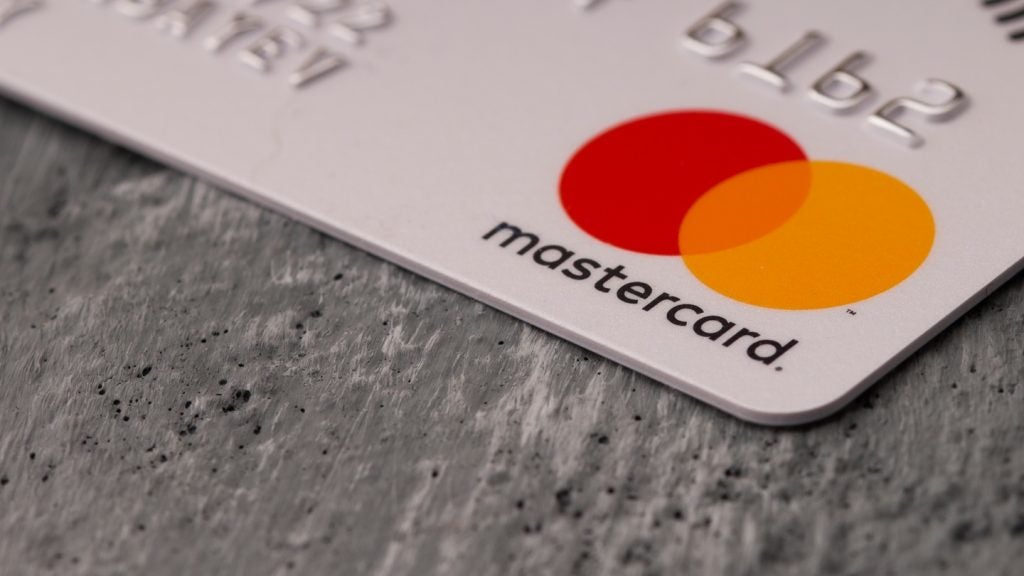As is common in the region, rates of card adoption and use by Estonian consumers are significantly above the global average. Younger buyers tend to be the most prolific users of card payments, and debit cards account for over 90% of both the total transaction volume and value, with contactless set for growth
Card transactions in Estonia recorded robust growth during the review period (2012–2016), surpassing cash to become the dominant payment instrument. In terms of transaction volume, payment cards accounted for 44.3% of the total cards and payments industry in 2016, while cash accounted for 33.6%. Nearly 90% of individuals used payment cards for daily purchases in 2015, as compared to only 33% in 2001.

Access deeper industry intelligence
Experience unmatched clarity with a single platform that combines unique data, AI, and human expertise.
Payment card penetration stood at 1.40 in 2016, higher than in Latvia (1.25) and Lithuania (1.24). Estonia’s young population are among the most prolific users of payment cards in the Baltic region. According to a survey conducted by SEB Estonia in 2015, 76% of the Estonian population aged 18-25 years use payment cards for all purchases, in comparison to 59% in Latvia and 40% in Lithuania.

Low levels of card fraud make Estonia a prominent country in the European cards and payments industry. A 2015 report by the European Central Bank indicated that at five instances of fraud per 1,000 people, Estonia was the lowest-ranking nation in the SEPA region, where the average is 20.
Estonia has a robust banking infrastructure. ATM penetration – the number of ATMs per 100 inhabitants – in the country stood at 7.8, lower than its Baltic peers of Latvia and Lithuania, which had rates of 10.5 and 11.7 respectively. POS terminal penetration stood at 346.9, compared again to Latvia and Lithuania which had respective rates of 335.8 and 536.7.

US Tariffs are shifting - will you react or anticipate?
Don’t let policy changes catch you off guard. Stay proactive with real-time data and expert analysis.
By GlobalDataTo increase financial access among the rural population, state postal service Eesti Post launched a cash withdrawal service in May 2015, allowing consumers to withdraw up to €400 ($448) at mobile POS terminals carried by mail delivery personnel.
Highest Baltic debit card penetration
Debit cards remained the most widely used payment card during the review period, and accounted for 91.8% of the total transaction volume and 90.5% of the total value of payment card transactions in 2016.
Debit card penetration in Estonia is the highest in the Baltic region, at 116.3 cards per 100 inhabitants, compared to Latvia with 85.2 and Lithuania with 108.9.
According to the World Bank’s Global Findex survey, banking penetration in Estonia reached 98.1% in 2016; as debit cards are generally supplied as complementary with current accounts, the explanation for their high penetration rate is clear.

In addition to banks, mobile banking service provider Pocopay launched in February 2016, allowing customers to open and operate bank accounts using mobile phones. There are three account types: Poco Power, Poco Basic, and Poco Power Youth.
Poco Basic has no monthly fee, but has limited transaction functionality. The Poco Power account is available for a monthly fee of €2.9 ($3.2), and has no transaction fees. The Poco Power Youth account is designed for individuals aged 18-26, carries a monthly fee of $1, and has the same features as the Poco Power account. All account holders are offered a MasterCard contactless debit card.
Contactless to gain prominence
Europe has the world’s highest adoption of contactless payments. Estonian banks plan to embrace the technology, and all ATMs are expected to be equipped with contactless functionality by 2020, while new POS terminals are expected to be contactless by 2017.
To expedite the process, Swedbank, Nordea Bank and LHV Pank have already launched contactless cards; SEB plans to introduce them by the end of 2017.







